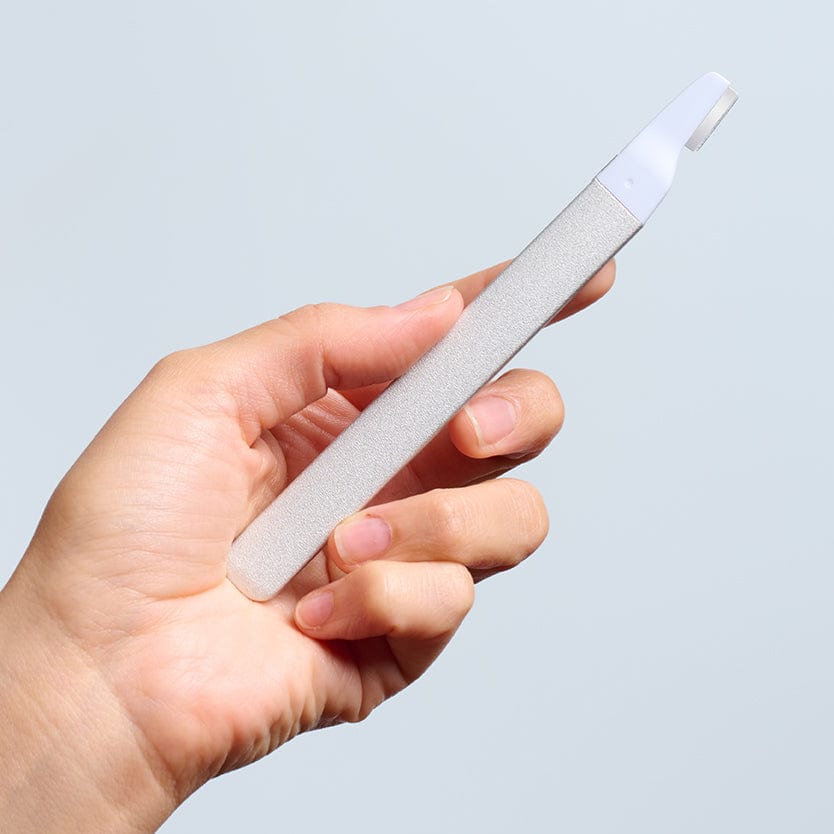What Is Couperose?
Written by Kerry Benjamin

COUPEROSE: WHAT IT IS AND HOW TO TREAT IT
We’ve all experienced a flushed face from time to time, but if you’re noticing red patches that just won’t go away, you might be dealing with a chronic skin condition known as couperose. Couperose is characterized by small, bright red dilated capillaries on the skin, most commonly spotted on the cheeks and nose. Read for tips on how to tell if you’re dealing with couperose, and what you can do to treat it.
WHAT CAUSES COUPEROSE?
Couperose is caused by weakening of the blood vessels, and more often than not, genetics are to blame. The blood vessels in our skin dilate when we exercise, drink alcohol, or are exposed to extreme weather, causing a rush of blood to the face that makes our skin flush. While healthy capillaries expand and contract to make room for the increase in blood, capillaries with poor elasticity remain dilated— eventually causing couperose. Fair, dry skin types are more vulnerable to couperose than darker skin types. Other risk factors for couperose include exposure to harsh or extreme temperatures, sun exposure, stress, and high blood pressure.
While couperose skin can look similar to rosacea, these conditions are different. While couperose skin is red, dry and tight, it is not considered an inflammatory skin condition like rosacea. Before treating, always consult a doc to help you determine which skin condition you might be dealing with.
CALM WITH CHAMOMILE: Applied topically, chamomile extract can soothe irritation and redness. Try making a chamomile tea compress to calm red, sensitive areas.
EMBRACE MOISTURIZER: Weakened capillaries can be a sign of a compromised lipid barrier, which causes water to escape through the skin and cause it to lose elasticity. A weakened lipid barrier also makes your skin more vulnerable to environmental irritants, triggering more redness and irritation and making the condition worse. Using a ceramide-rich moisturizer like our MICROBIOME RESCUE DAILY MOISTURIZER helps to lock in moisture, strengthen the skin’s lipid barrier and increase elasticity.
AVOID EXTREME TEMPS: Very hot or very cold water can cause blood to rush to the face, exacerbating couporse, so rinse your face with lukewarm water.
LOVE YOUR SPF: Sun exposure can make couperose symptoms worse— apply broad spectrum SPF 30+ sunscreen daily to protect against irritation, sunburn, damage and skin cancer.
CHOOSE THE RIGHT CLEANSER: Opt for a lightweight, hypoallergenic cleanser that won't strip your skin of its natural oils like our PREBIOTIC GEL CLEANSER. Our cleanser is formulated with a prebiotic complex that feeds your skin’s microbiome so that it can fight bad bacteria that causes redness and sensitivity. To dry your skin, lightly pat your face with a soft towel, taking care not to rub the skin and cause further irritation.
SEEK PROFESSIONAL TREATMENTS: Professional treatments reduce signs of couperose. Laser treatments like intense pulsed light (IPL) and carbon dioxide laser (CO2) use light radiation and a controlled wavelength to reduce signs of couperose in a gentle and non-invasive way. Newer treatments like cryotherapy and drainage massage have also been shown to reduce couperose symptoms by releasing toxins from the body.
About the Author

Kerry Benjamin, a licensed aesthetician, has over 14 years of experience. Kerry is the driving force behind StackedSkincare. As the company's CEO, Kerry has dedicated her career to revolutionizing skincare. Her innovative approach combines peels, serums, and specialized tools to effectively address a wide range of skin concerns. CA LE license number Z98459.

